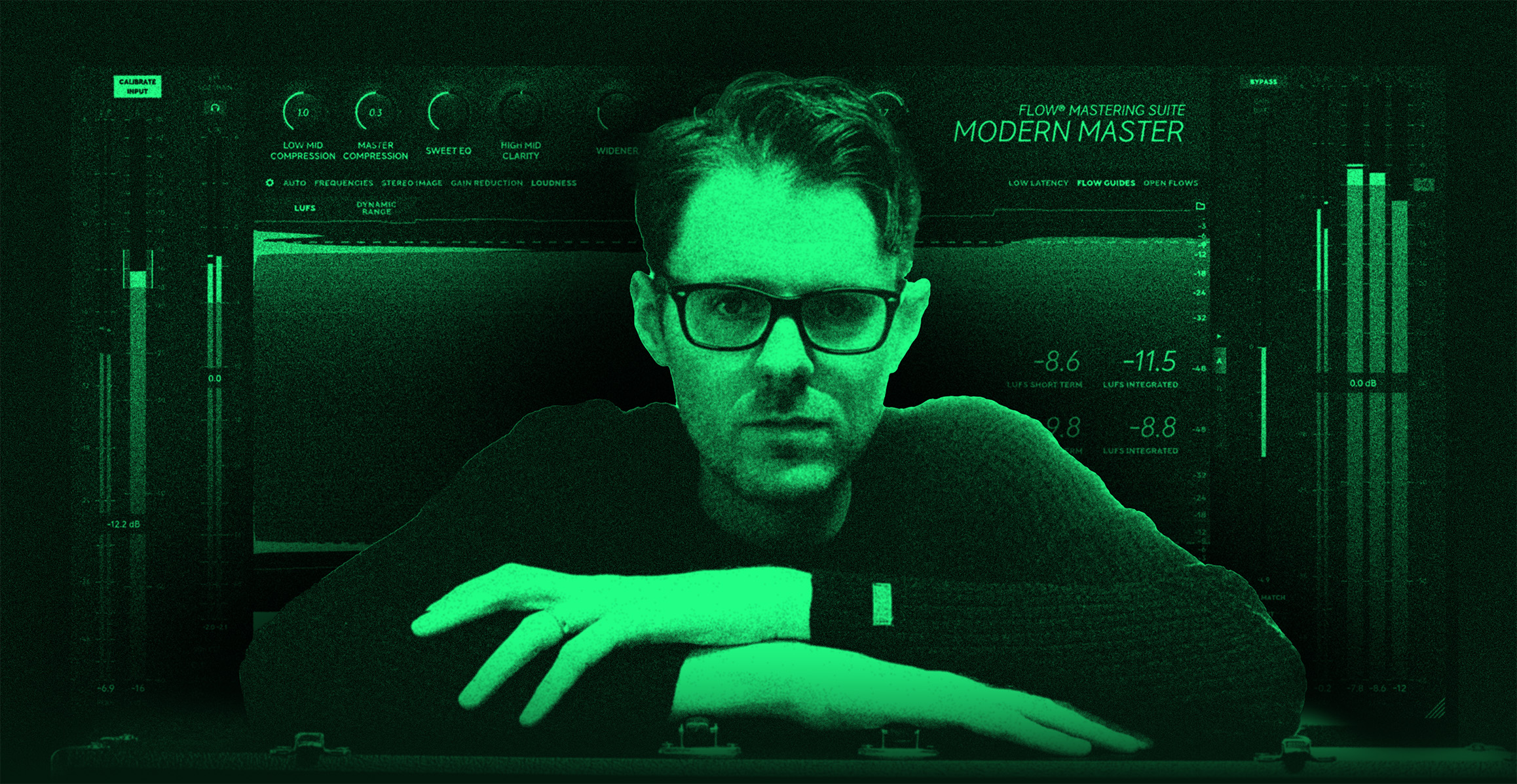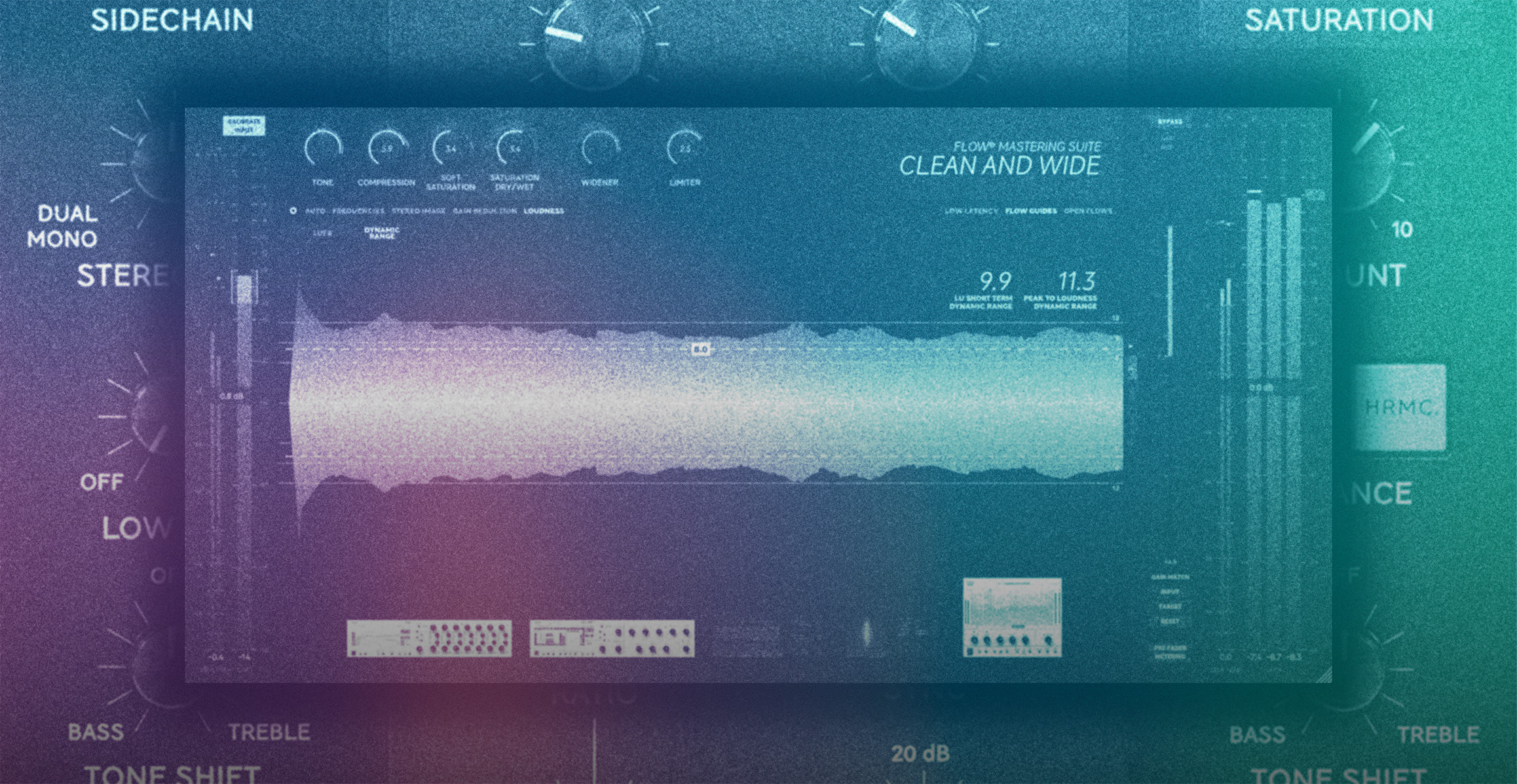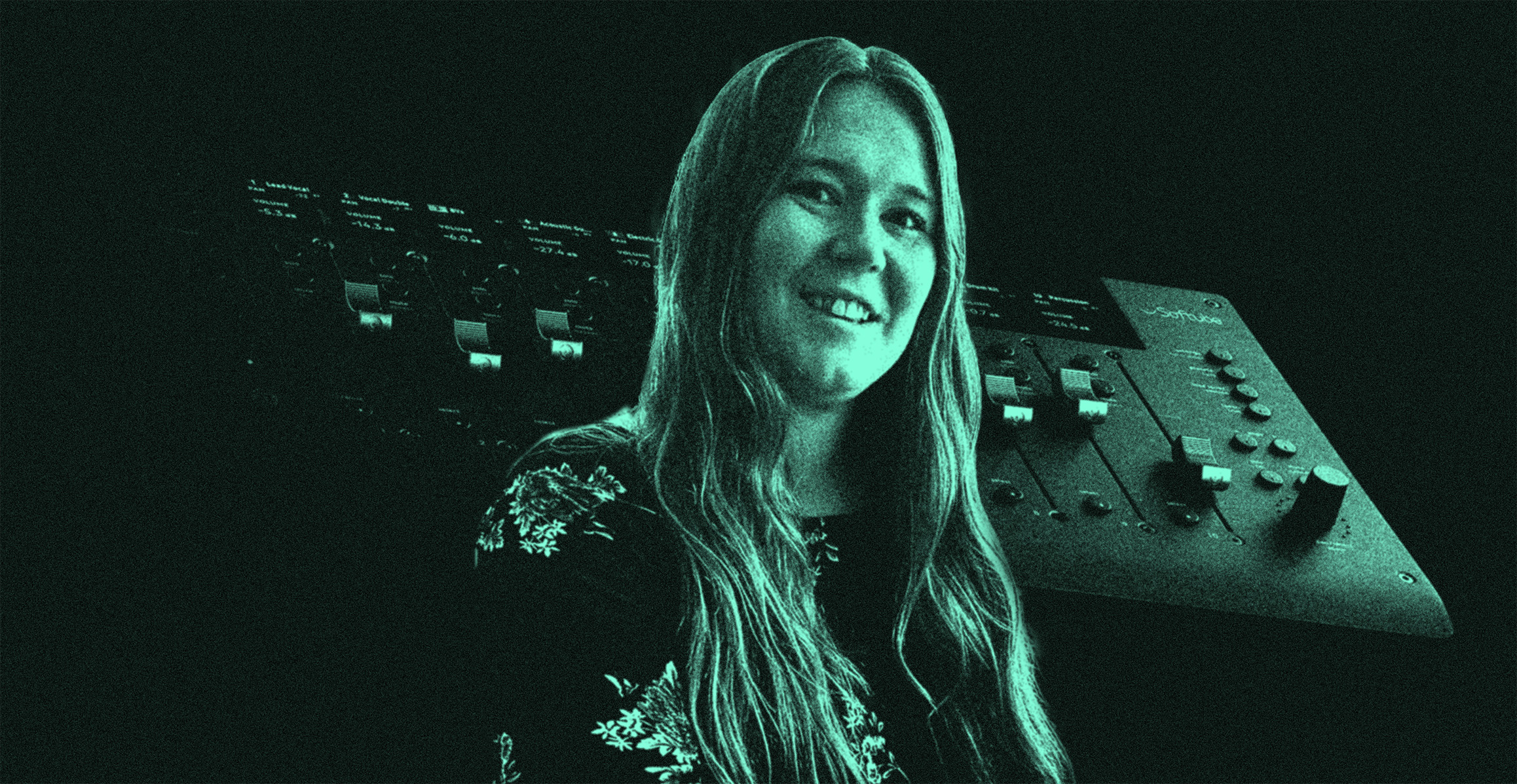MASTERING FOR SPOTIFY: WHY EVERYTHING YOU KNOW IS WRONG (AND WHAT TO DO ABOUT IT)

MASTERING FOR SPOTIFY: WHY EVERYTHING YOU KNOW IS WRONG (AND WHAT TO DO ABOUT IT)

Don’t stress. Continue reading for some reassuring facts about mastering & loudness standards for streaming services.
Mastering music for streaming services, and Spotify in particular, can be a tricky business or, at the least, a bit confusing. Spotify provides mastering and loudness guidelines for those of us supplying music for their streaming platform, but what do these guidelines really mean for you as a producer or mastering engineer? What’s the best way to interpret the policies and what are the most common misconceptions we have about them?
In Spotify’s article about loudness normalization, the company provides pointers for how loud to master your music for optimal playback on their platform. They state, in short, that they normalize and playback all tracks at a loudness level of –14 LUFS. The article recommends that you “target the loudness level of your master at -14dB integrated LUFS and keep it below -1dB TP (True Peak) max.”
We talked to Niels Nielsen, one of the mastering engineers behind your favorite Flow® Mastering Suite Flows, to learn his approach to Spotify’s mastering guidelines when mastering music for clients.
What do Spotify’s guidelines mean for your music?
If your track is mastered with a LUFS level louder than –14 LUFS, you could imagine what happens as Spotify using a volume knob to turn down the playback level of your track to –14 LUFS. And the other way around, if your track is quieter than –14 LUFS, they will apply a “positive gain,” so the loudness level reaches –14 dB LUFS.
Since everything relates to 0db unity gain, if you master a track to -5 LUFS and then take a volume or gain tool and turn it down to where the meter says -14 LUFS, that's how your music will sound on Spotify. It will still retain the energy and sound of being at loudness -5 LUFS, but with the volume turned down (by Spotify’s volume normalization).
Keep in mind that the listener has another volume control on the side of their phone or listening device. Your track will still sound how you like it and playback at the same level as other tracks, but the listener has the power to turn it up even more should they want to.
The important thing to keep in mind is that Spotify’s volume adjustment won’t affect how your track sounds, even though words like “penalty” are haphazardly thrown around. There is no punishment for going too loud. You can relax.
What about True Peak?
Should you worry about True Peak when mastering? According to findings by Ian Stewart in episode 95 of The Mastering Show podcast, engineers mastering music for chart-topping artists in 2024 don’t seem to care. So why should you?
What are True Peaks (TP)? TP indicates the actual highest peaks in your track. If you set a brick-wall limiter to -1db, your TP should theoretically never exceed that. However, there are other things to consider when your tracks are encoded to a lossy format by the streaming services.
If your track has a TP of 0db, you will get “overs” when encoded to MP3, AAC, OGG Vorbis, or any other lossy format. These overs, or momentary peaks, will translate into distortion in the encoded track. Those are the facts. The next question is: do you need to care?
Again, referencing the findings in the podcast, many of the most popular tracks of 2024 have inter-sample peaks, or “overs,” translating into distortion, which can translate into perceived loudness.
What is True Peak metering?
True peak meters (complying with ITU-R BS.1770 and EBU R128 standards) are used to measure inter-sample peaks. Oversampling techniques are used to predict and measure the signal’s peak levels more accurately than standard peak meters. The level is referred to as dBTP (decibel True Peak).
Should you care about True Peak limiting?
Many professionally mastered albums contain inter-sample peaks while still being considered “good sounding.” One conclusion from this might be that the peaks themselves may not be the issue, it’s more about whether they are noticeable in a negative way, or not.
Another thing to consider is what you are aiming to achieve. There is a trade-off between “loud” and “clean,” and inter-sample peaks are a part of this equation. If your goal is “loud,” then you might need to have a few inter-sample peaks above 0 dB.
"Take a track like Radiohead’s 'Pyramid Song.' The original CD master had a loudness of around -5 LUFS and true peaks over 0dB, which gave it a certain sound people have loved for over two decades. If you listen to the recent vinyl reissue, you’ll notice it’s been remastered with different loudness and peaks, and it might sound quite different from the version you’re used to."
The human ear and brain gravitate to louder volumes. We're built to hear certain frequencies better than others, high mids for example. So, we tend to equate a higher volume to something sounding better or at least being something that might be more important to our survival.
The Jury Finds the Defendant ... Not Guilty.
There is talk of a “penalty” if you master your tracks over Spotify’s –14 dB LUFS recommendation. The rumor is that this so-called penalty would mean that something is done to your track and that it will play back differently after being uploaded and transcoded for playback on streaming services.
You can relax because there is no penalty or punishment given for loud tracks. Outside of Spotify simply adding a volume knob to turn down the playback volume, there is no other intrusion made to your audio. And remember, the customer has a volume knob of their own to adjust the volume after Spotify’s volume adjustment.
So, in a few words: don’t worry and don’t panic about going over –14 LUFS. Do whatever your track needs to bring out your artistic vision, get the right amount of energy, and make it feel the way you want to. You may find that you don’t need to go as loud as you first thought anyway, and that’s fine, too. You can rest easy in the fact that you don’t need to join in the loudness war just for the sake of being loud—the streaming services’ volume normalization is there to fight that battle for you.

UNLOCKING FLOW:
HOW MUSICIANS & PRODUCERS CAN TAP INTO THEIR CREATIVE BRILLIANCE
Have you ever found yourself in a state where time disappears, every move feels effortless, and you are fully absorbed in creating? If so, you've experienced flow—the ultimate state of creativity and focus. In this article, we'll dive into the flow state, and how to create the conditions to access it more easily.

DYNAMIC RANGE IN MUSIC MASTERING: WHY IT MATTERS
Mastering music can feel like a daunting task for music producers. Technical balance is key, but artistic vision needs to shine through. Learn how and why dynamic range can help ensure your track sounds professional and maintains its emotional impact.

CONSOLE 1 FADER: A MECHANICAL ENGINEER'S POINT OF VIEW
Console 1 Fader Mk III has a lot of parts. Find out the component of the DAW controller our mechanical engineer likes best and get a behind the scenes look at the design and manufacture of the hardware from a unique perspective. From haptic feedback and analog feel to accessibility mode, Fader Mk III gives you feel and full control.